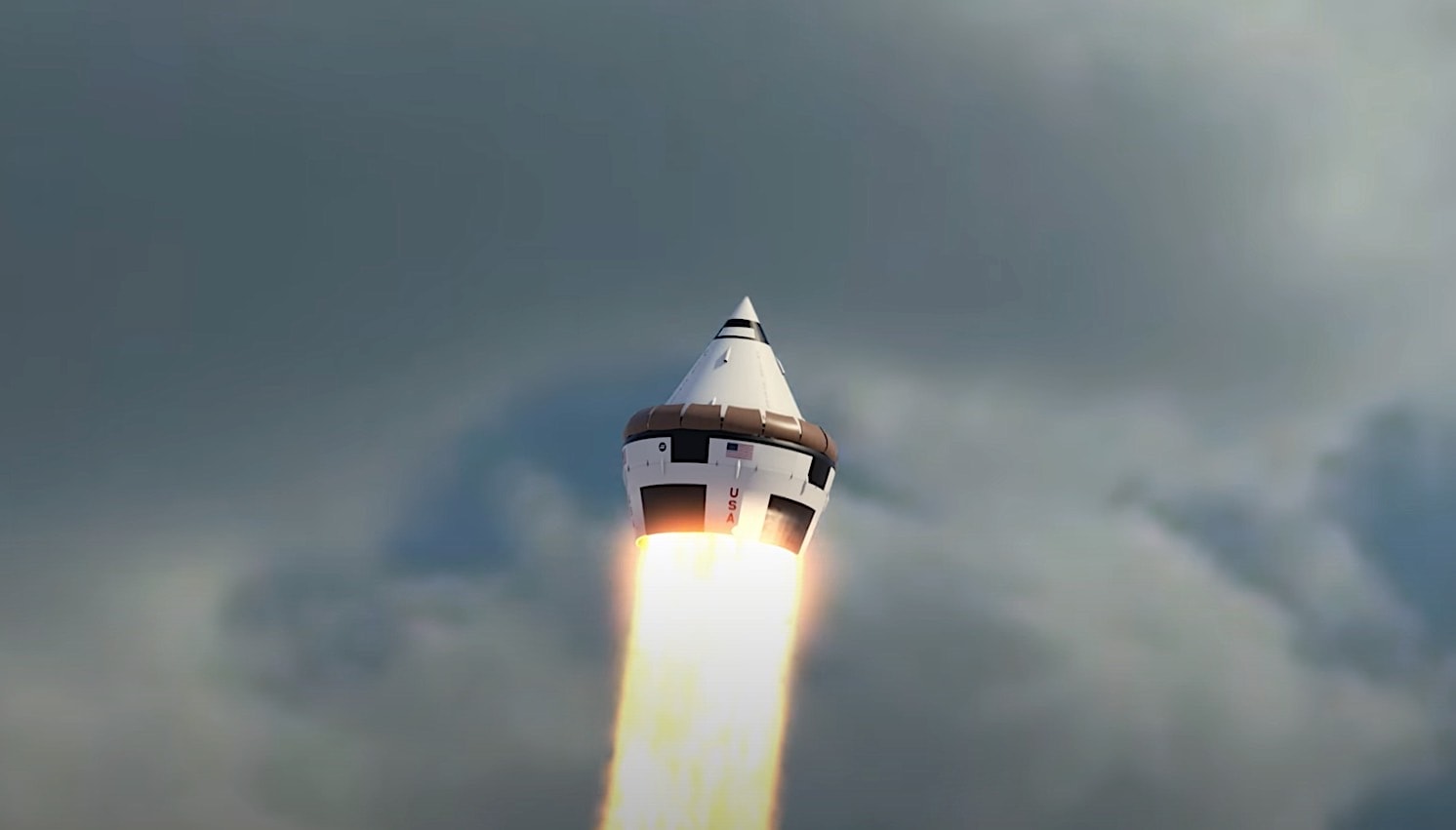In the realm of space exploration, the majority of rockets utilized today are not airbreathing, meaning they carry both fuel and oxidizer onboard for propulsion. However, during the early stages of space exploration, various designs, including one incorporating airbreathing capabilities, were explored.
One such concept is the Martin Renova, conceived in the 1960s, which diverged from traditional rocket designs by incorporating air intake mechanisms at the top of the rocket. As the rocket ascended through the atmosphere, air would mix with the exhaust, resulting in heated and expanded gases that provided additional thrust.

Powered by conventional rocket engines arranged around the rocket’s rear end, the Renova featured a shroud where air and exhaust mixing occurred. Once in space, this shroud would be discarded, and the rocket would operate using traditional propulsion methods.
While the Renova boasted impressive payload capabilities, capable of carrying approximately one million pounds to orbit, it never progressed beyond the conceptual stage and was never put into production. Nevertheless, it remains a fascinating example of innovative rocket design from the past.

